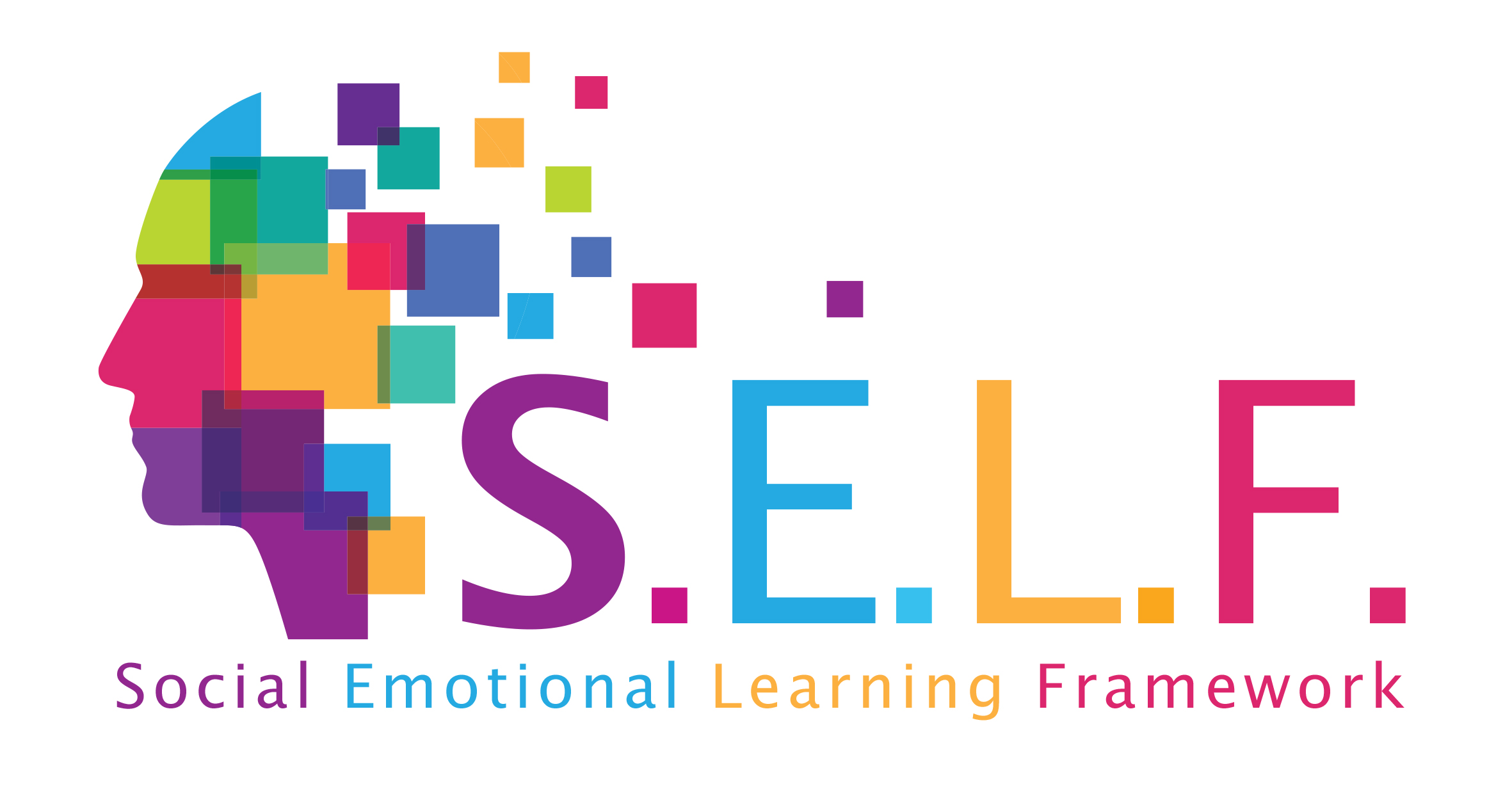Self-awareness entails understanding one’s own emotions, personal identity, goals, and values. This includes accurately assessing one’s strengths and limitations, having a positive mindset, and having a well-grounded sense of self-efficacy and optimism. A greater self-awareness entails the ability to understand the connections between an individual’s personal and socio-cultural identities, as well as the how interconnected thoughts, emotions, and actions are.
The following table demonstrates the Self-Awareness goals and indicators according to grade levels.
|
|
K-2 |
3-5 |
6-8 |
9-12 |
|
Identifying Emotions |
Identify and label their own basic emotions. |
Know about the different intensities of their emotions. |
Recognize their emotions and communicate them to others in a healthy fashion. |
Accept/state that emotions are a reaction against events. |
|
Identify the events that can trigger emotions. |
Understands how thoughts and emotions impact behavior. |
Identify the situations that trigger an emotional reaction in themselves and others. |
Analyze the emotions that contribute to or negatively impact decision-making skills. |
|
|
Identify numerous emotions and the reasons behind them. |
Summarize how thoughts and emotions impact behaviors. |
Identify the situations that trigger an emotional reaction in themselves and others. |
||
|
Summarize how thoughts and emotions impact behaviors. |
||||
|
Accurate Self-Perception |
Identify the events/facts/objects they like and dislike.
|
Identify the personal traits, strengths, and challenges that help or prevent emotional regulation in the face of social issues. |
Identify personal qualities and areas of interest. |
Identify personal qualities and areas of interest. |
|
Identify the things they are good at. |
Identify the personal qualities that make them active members of the school community. |
Explain the skills required for reaching superior outcomes. |
Categorize the personal traits, strengths, and interests that they want to improve. |
|
|
Identify areas that they may need help to succeed. |
Identify the personal skills and interests that they want to improve. |
Categorize the personal traits, strengths, and interests that the student wants to improve. |
Select the priorities for personal development based on strengths. |
|
|
Determine priorities based on their strengths for personal development. |
Know about how personal personality affects the choices and consequences. |
|||
|
Know about how personal personality affects the choices and consequences. |
||||
|
Self-confidence |
Motivate themselves in challenging tasks. |
Identify their own positive qualities. |
Express one’s positive beliefs on someone else’s ability to succeed and contribute. |
Express one’s positive beliefs on someone else’s ability to succeed and contribute. |
|
Demonstrate their desire to try something new. |
Express someone else’s positive beliefs on them, such as contributing. |
Review/question the cases/circumstances that affect their self-confidence. |
Build strategies focused upon positive affirmations. |
|
|
Actively participate in, inquire, and contribute to the learning process. |
Actively participate, inquire, and contribute. |
Analyze the skills that help them achieve superior outcomes. (Reflect on the skills that can help them achieve the desired outcome). |
Analyze the skills that help them achieve superior outcomes. (Reflect on the skills that can help them achieve the desired outcome). |
|
|
Go through the conditions that impact self-efficacy, including identity. |
